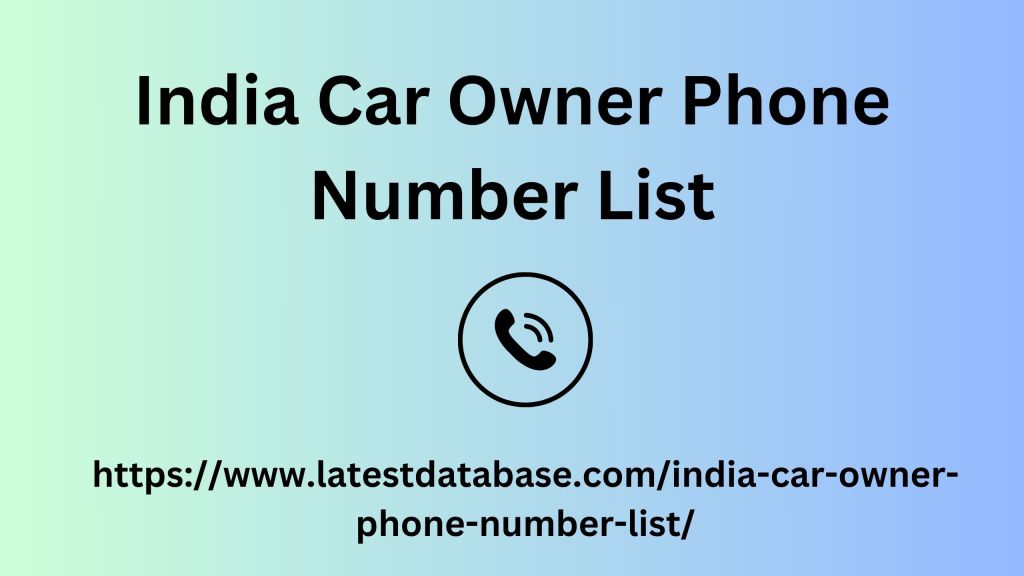|
|
Number of external links from different domains Until mid-2012, this was the most important ranking factor, at least for one domain. In 2014 (almost 2015) this factor is no longer so important. It depends on the quality of the websites that link to the document. Many documents are also not necessarily suitable for links. Links to category pages in online shops Many online shop operators want to have good rankings for category pages because there are good keywords behind them. For example for the page /men's sneakers/. SEO agencies therefore often link to exactly these landing pages.
The problem: In the “normal” web, links to category pages are India Car Owner Phone Number List extremely rare. As a user (or webmaster), I link either the homepage ( “Hey, Shop XY is great” ) or a product detail page (“I bought Nike Air Max XY”). It is often easy for quality raters to discover manipulative links. A quick look at pages that have links but shouldn't actually have them - and the link purchase is exposed. That's why my tip: In 2014 you should move away from “link targets” and concentrate more on the authority of the entire domain. Link to what is good. The link power can then be passed on internally, for example through cleverly placed internal links! Keyword included in external links (Caution: Penguin!) The last ranking factor is also the most ambivalent.

According to theory, a document will rank higher if the keyword appears in the link text of external links. In practice, however, the Google Penguin update is a good reason not to do something like that. Because if you overdo it, you'll suddenly end up at number 60 instead of second place (from third place). The Google Penguin update has only been updated very rarely, so a Penguin penalty is (in my opinion) one of the worst things you can do can happen. However, according to Google, there will be a. Maybe tomorrow? As already mentioned, these were the ranking factors when you look at a document individually (without its domain).
|
|